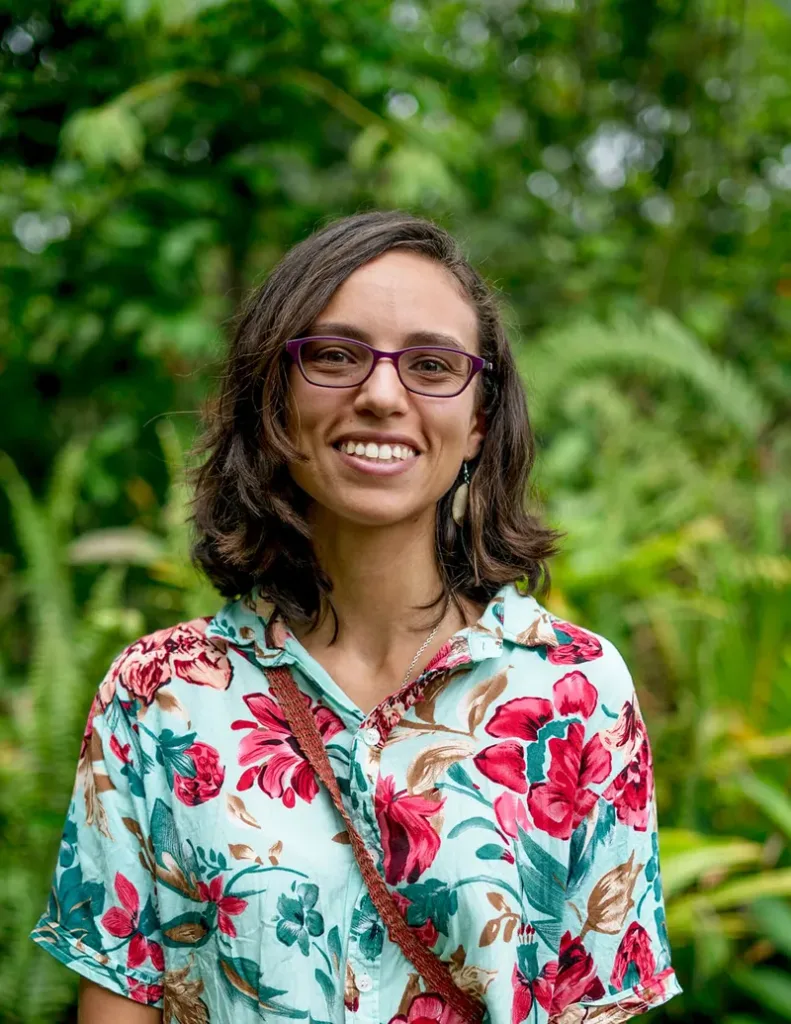
By: Laura Morales, PhD
What If Your Neighbor is a Lion?
The current summer session at our SFS Center in Tanzania is a very special one: during these four weeks, our main focus is on large carnivores. Just a few days ago, we came back from our first expedition to the Tarangire-Manyara Ecosystem where the students studied lions and other carnivores and gained practical experience in monitoring techniques and mitigation measures.
Large carnivores play an important role in the ecosystem and at the same time are flagship species for tourism. Tanzania is famous for its high predator abundance and the chances are good to see a leopard dragging a gazelle up a tree or a group of lions hunting a wildebeest. Observing large carnivores in their natural habitat is a highlight for visitors from all over the world and makes Tanzania a top tourist destination in Africa.
But what about the local people living near these protected areas? There is no fence between people’s houses and the lion pride searching for prey. These people often pay a tribute to carnivores that can threaten their livelihood. Cattle and small livestock are frequently killed by lions, hyenas and leopards and there is no compensation for these losses. Improving the husbandry for better livestock protection is the best way to reduce predation pressure and to promote co-existence.
Following this approach, our students did not only observe the big cats but also got their hands dirty for a good purpose. Together with the Tarangire Lion Project, the students constructed two predator-proof bomas (livestock enclosures) for families who otherwise couldn’t afford it. Traditional bomas consist of spiny acacia branches that keep only some of the predators out at night but it requires a strong and high fence to keep the livestock safe from all carnivores. The families live in direct proximity to the National Park border of Tarangire where lions and hyenas can move in and out any time. The day before the construction, we visited Tarangire National Park and observed lions only a few kilometers away from the boma! This is what people have to deal with every day and we do our best to reduce the conflict. In addition to constructing a boma, the students also learned what it means to live in an area where lion encounters are quite frequent.
It was a unique experience and knowing that the family’s primary source of income – their livestock – is now safe from predation is highly rewarding for all of us.
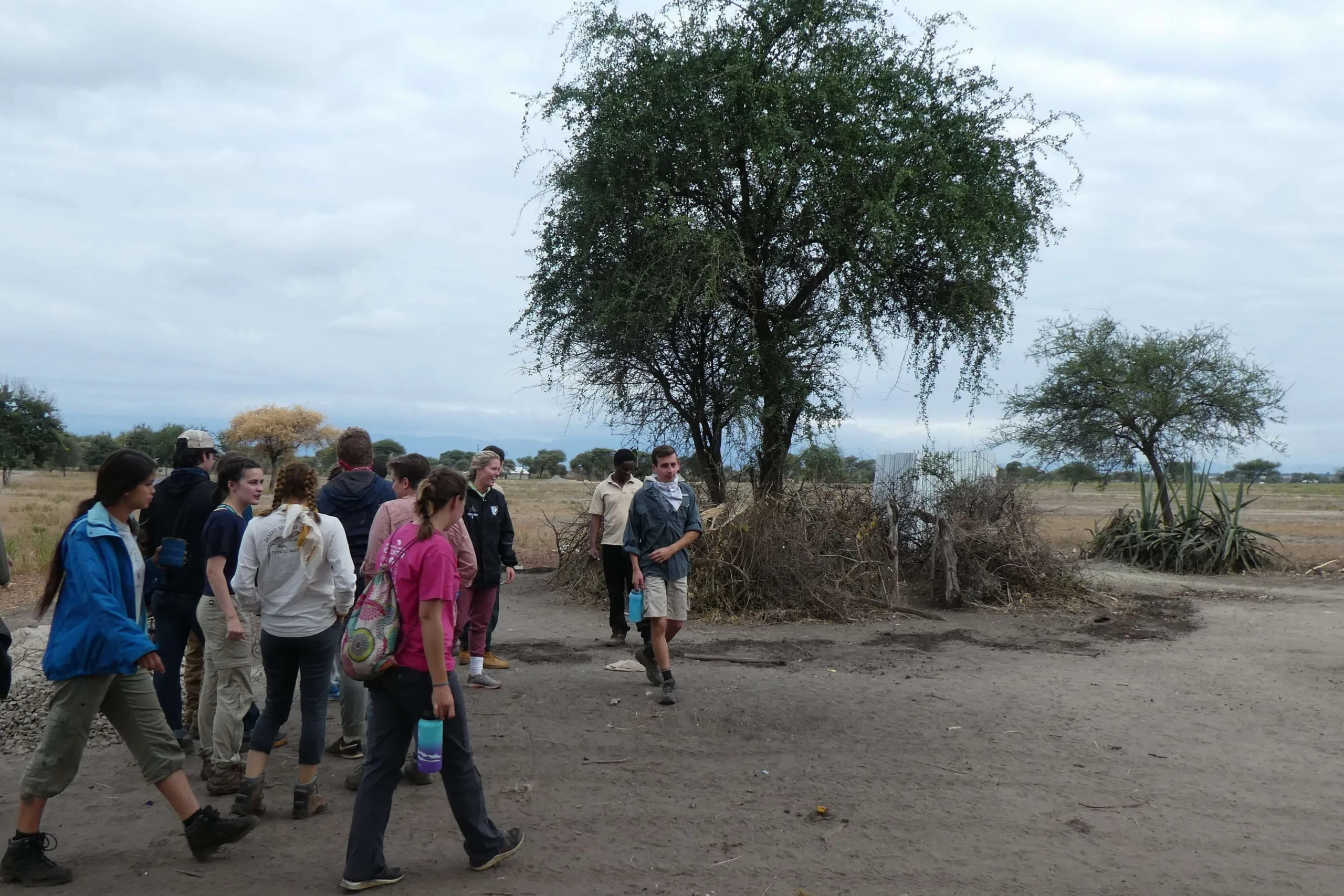
This is a traditional boma made of acacia branches where the livestock is kept overnight. It provides only little protection from large carnivores.
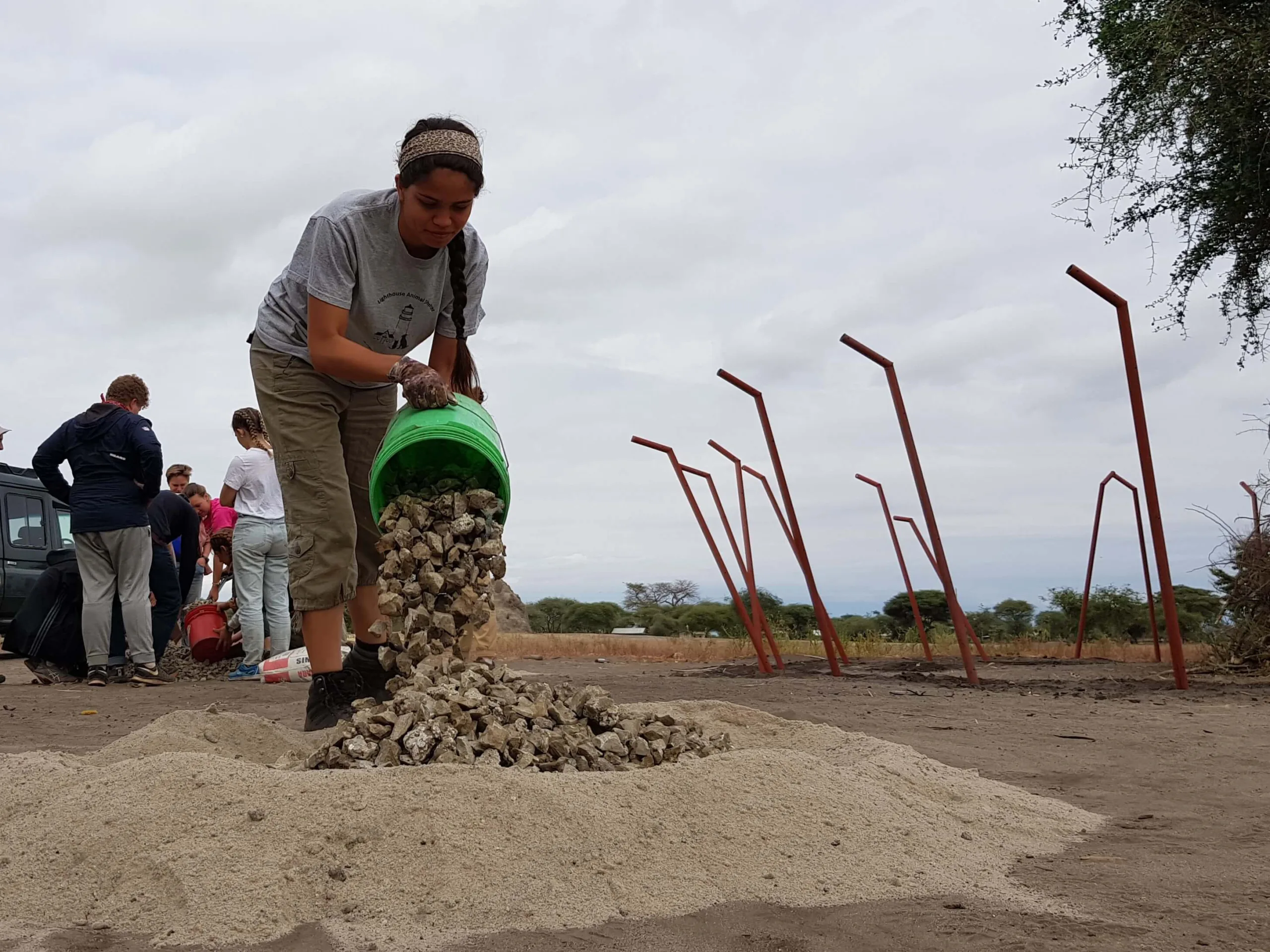
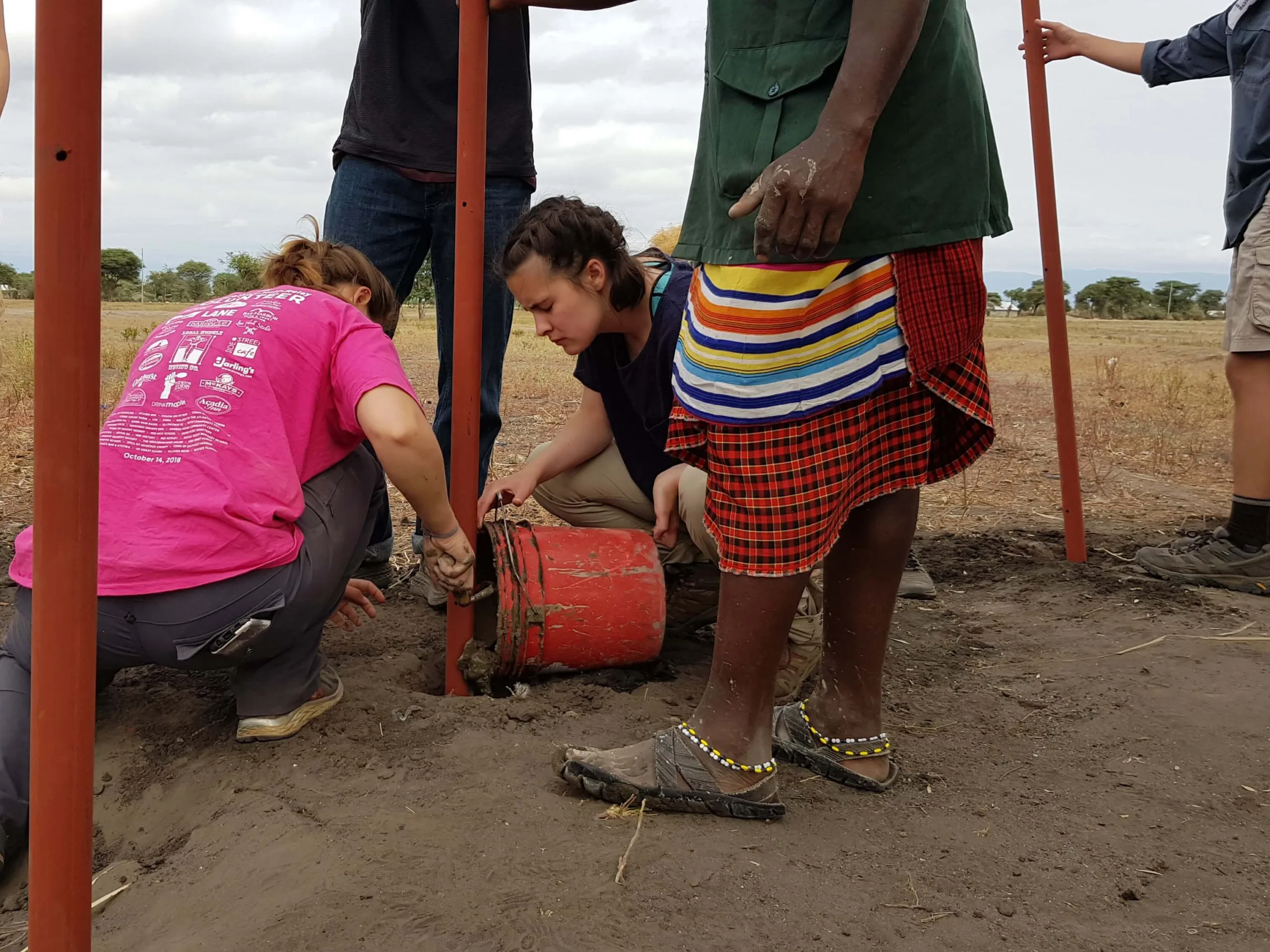
Students are mixing sand, gravel and cement for a strong foundation of the fence.

High and solid mesh wire is required to keep predators out.
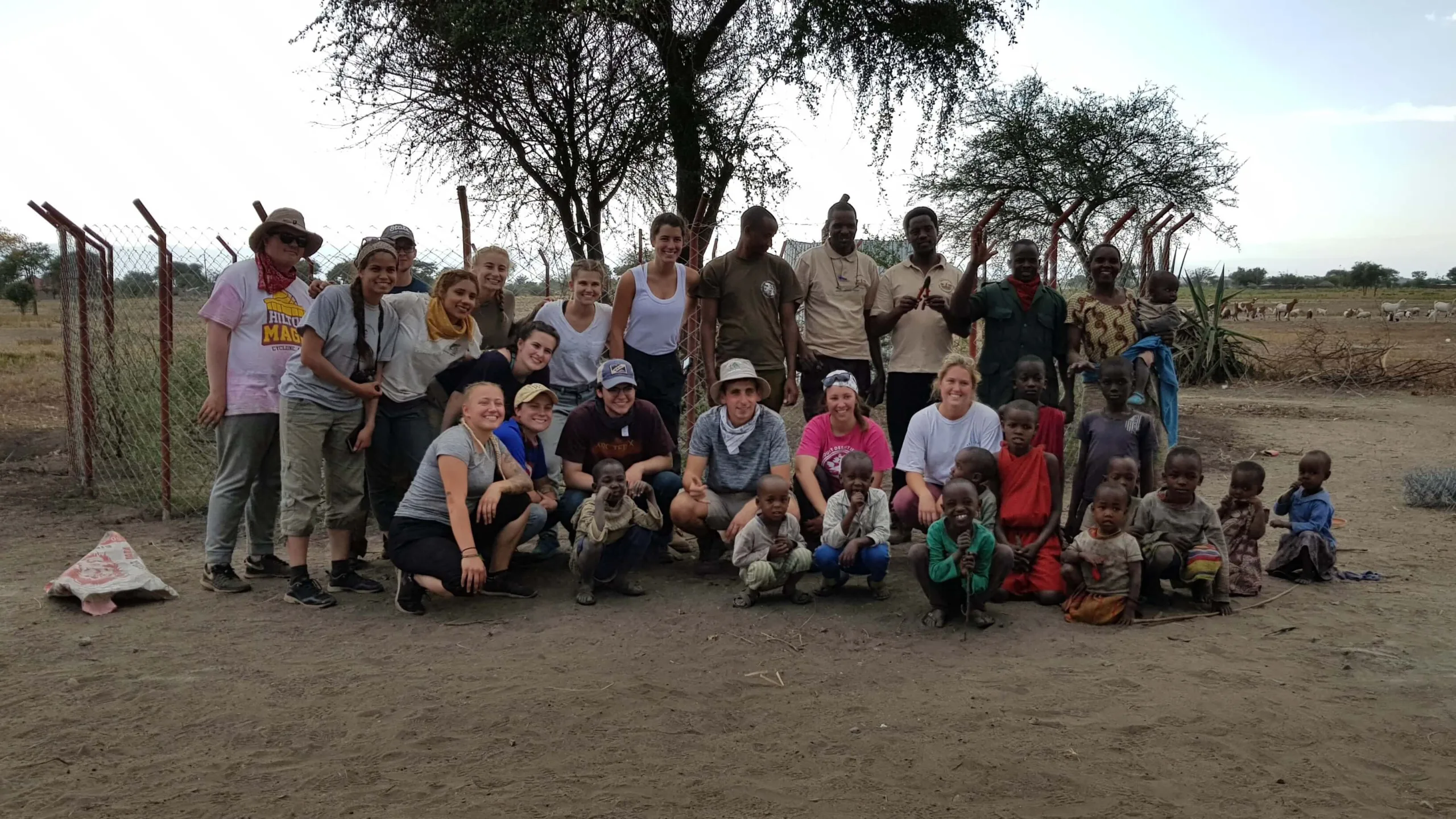
Thanks to our students and the Tarangire Lion Project, the family’s livestock is now safe from predation.
Related Posts
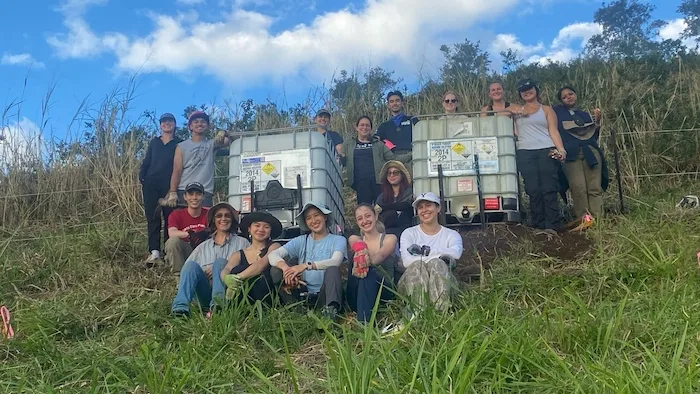
Restoration on a Cinder Cone: A Syntropic Story

